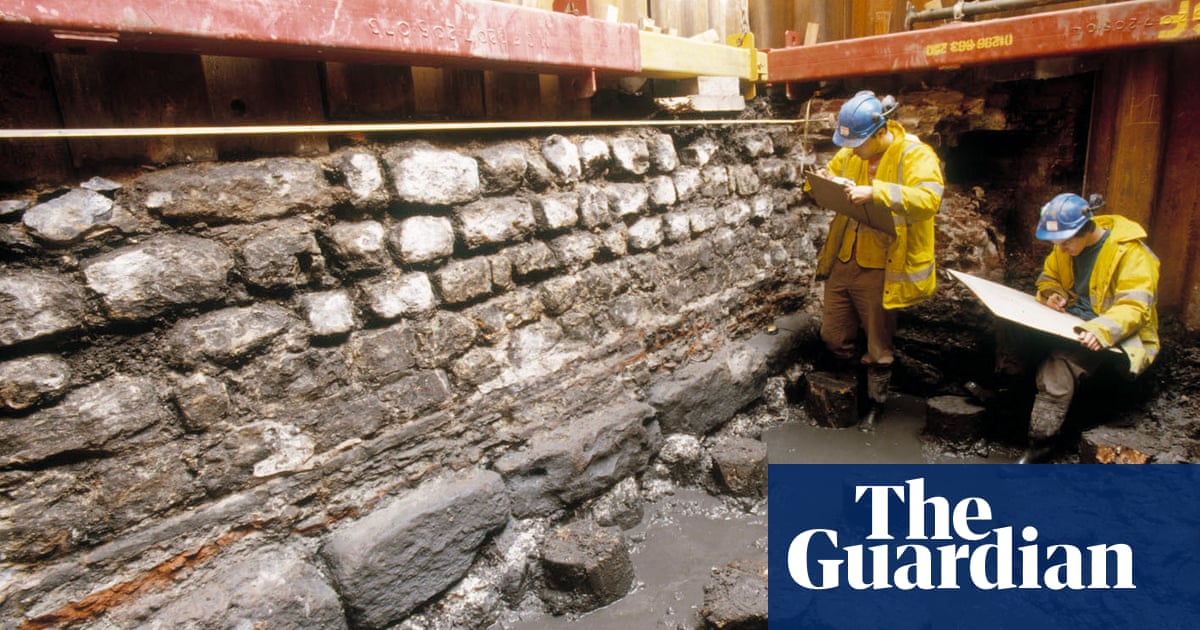
Brutalist department stores may soon be granted protected status as the public body that looks after England’s historic environment reviews the buildings seen by many as icons of the high street.
The announcement from Historic England comes amid widespread closures, compounded by the pandemic, economic turmoil and the rise of online shopping.
Many former stores are left vacant, at risk of demolition and facing calls for revamps in line with climate targets.
“We are researching the history of department stores to provide a national overview of the key architectural and historic phases of their development,” a Historic England spokesperson said.
“This is in response to the changes in retailing which have seen stores close and an increase in requests for them to be considered for listing. The work is at an early stage so we don’t yet know if it will lead to any proposals to list further examples.”
Organisations such as Twentieth Century Society (C20) and SAVE Britain’s Heritage have campaigned to save buildings that have dominated the urban environment for decades, calling for the spaces to be creatively reinvented.
The review of the buildings that were “once the heart of our high streets” was welcomed by SAVE Britain’s Heritage.
“These majestic and prestigious retail palaces that were built to impress and have stood the test of time through the quality of the architecture and the great fondness that people hold for them,” said the organisation’s director, Henrietta Billings.
“We hope this review will lead to more and urgent listings – meaning protection and national recognition – across the country.”
In seven years, more than 50% of department stores across the country have closed, according to C20, leaving vacant nearly 2m sq metres of retail space, the equivalent of 275 football pitches, which the campaign group says is space worthy of “reinvention”.
A recent campaign to save the M&S branch on Oxford Street, central London, is the latest example of such possibility, as property developers and MPs have joined calls to retrofit the building for sustainability purposes.
In June, Michael Gove called for a public inquiry after the company announced the demolition of the flagship 1920s structure for an office-retail block.
“I do believe this particular building is the absolute best example of a building that must be protected,” said Jacob Loftus, the chief executive of General Projects, which specialises in reinventing existing buildings to create sustainable ones.
“From a sustainability standpoint, the case to demolish it does not exist. The embodied carbon created by the new development is enormous.”
Nor is the focus only on London. C20 has lobbied for the review of department stores around the country as a distinct building type.
Buildings flagged for architectural and historic interest by the organisation include former Debenhams stores in Somerset and Surrey, and Aberdeen’s Norco House, acquired by John Lewis in the 1980s.
Its efforts came to fruition earlier this month when a former John Lewis and Cole Brothers building in Sheffield was given a Grade-II listing by Historic England, after a 20-year battle.
“If not as temples of consumerism, how else can these leviathans serve their communities?” the organisation said of its campaign.












